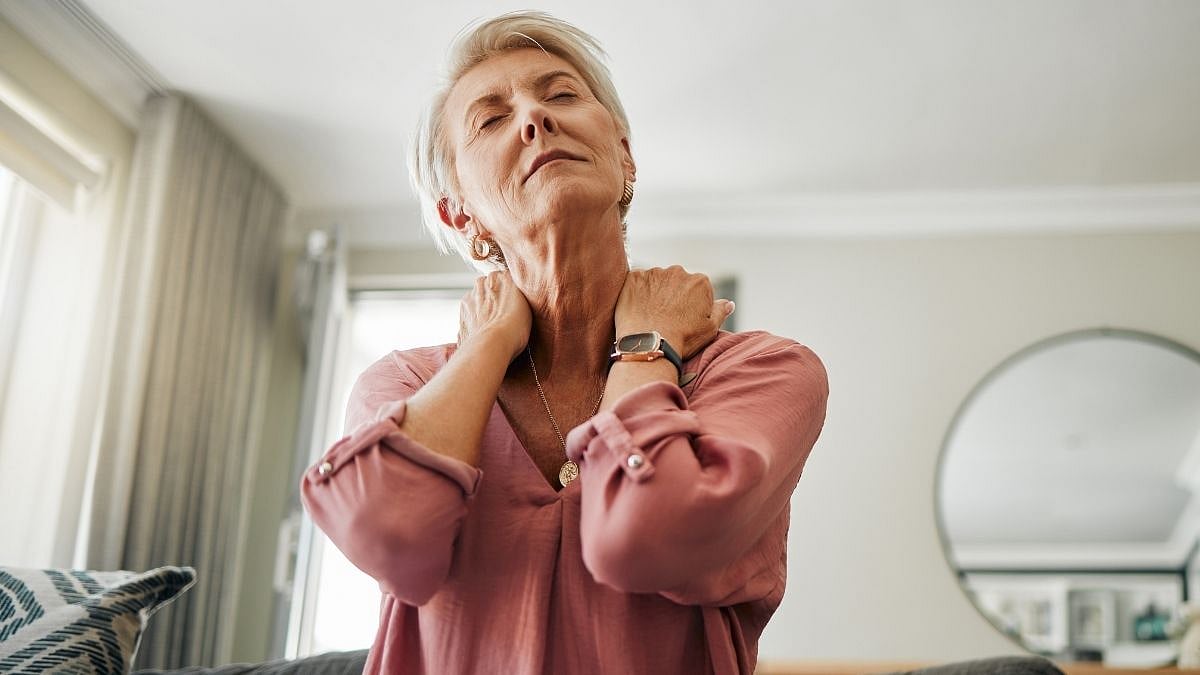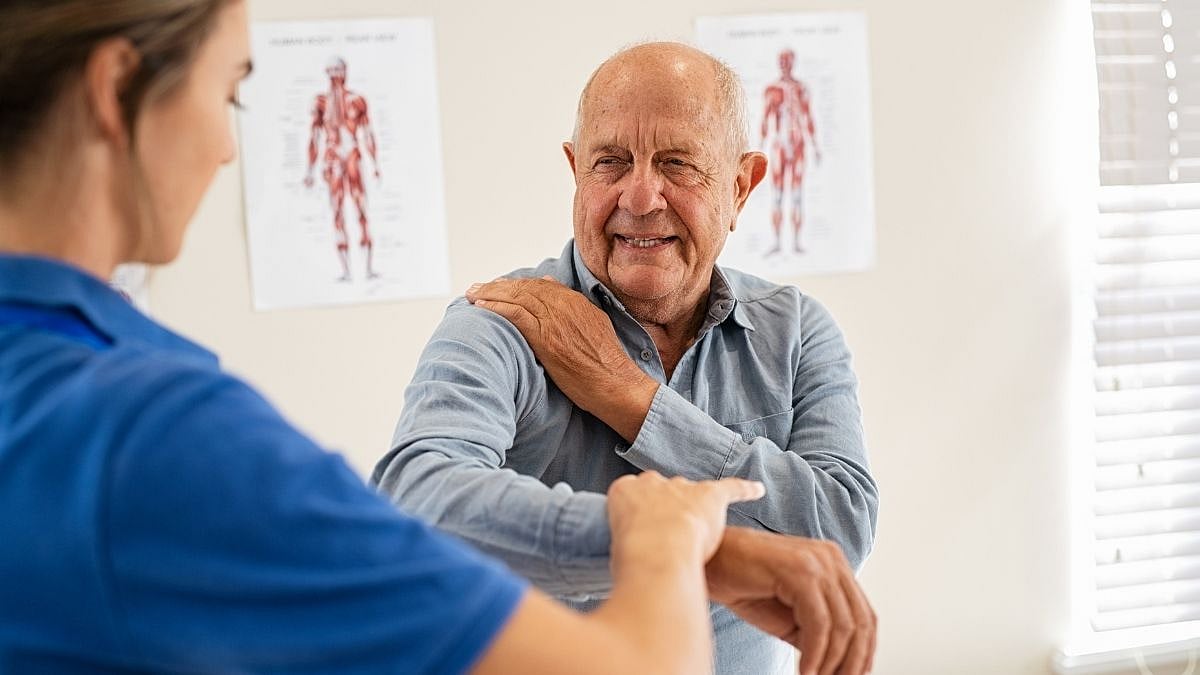Osteoporosis is one of the major health issues experienced by ageing populations, especially postmenopausal women. It is a condition where bones become weak and brittle, increasing the risk of fractures. Often called the “silent disease,” it progresses without symptoms until a bone breaks. Keep reading as we understand everything about Osteoporosis, with expert insights by Dr Mrinal Sharma, HoD, Orthopaedic and Joint Replacement, Amrita Hospital Faridabad.
As per Dr Sharma, "Osteoporosis weakens bones, making them fragile and more susceptible to fractures, especially in the hips, wrists, and spine. Awareness of its causes, risk factors, and early signs is crucial for prevention and early intervention."
Causes of Osteoporosis
Osteoporosis occurs when the body loses too much bone or produces too little. Several factors can contribute to this imbalance:
Hormonal Changes: A fundamental cause in women is the sharp drop in estrogen levels after menopause. For men, low testosterone can similarly lead to bone loss.
Ageing: Bone density peaks in your 20s and declines after age 30. This natural bone loss accelerates with ageing.
Genetics: Family history plays a significant role. If your parents or grandparents had osteoporosis, you are at higher risk.
Nutritional Deficiencies: A diet low in calcium and vitamin D can decrease bone strength. Vitamin D is crucial for calcium absorption, and its deficiency may accelerate osteoporosis.
Sedentary Lifestyle: A lack of physical activity, particularly weight-bearing exercises, can weaken bones over time.
Medications: Long-term use of corticosteroids and other medications can contribute to bone loss.
Chronic Conditions: Certain diseases, like rheumatoid arthritis or gastrointestinal disorders, can impair nutrient absorption and bone health.

Canva
Risk Factors
According to the expert, Osteoporosis risk factors can be divided into non-modifiable and modifiable categories:
Age and Gender: Women, particularly those over 50, are more prone to menopause. Men over 70 are also at increased risk.
Family History: A genetic predisposition can increase osteoporosis risk.
Body Frame Size: Smaller-framed individuals tend to have less bone mass, making them more vulnerable to bone loss.
Smoking and Alcohol: Both smoking and excessive alcohol use weaken bones and increase fracture risk.
Diet and Physical Activity: A diet low in calcium and vitamin D and inactivity heightens the risk of osteoporosis.
Early Warning Signs and Symptoms of Osteoporosis
Osteoporosis often progresses without apparent symptoms, but some early warning signs include:
Loss of Height: Shrinking in height over time is often due to vertebral compression fractures.
Back Pain: Persistent or sudden back pain could signal spinal fractures related to bone weakening.
Fragility Fractures: Breaks from minor bumps or falls, particularly in the wrists, hips, or spine, are common warning signs.
Stooped Posture: Osteoporosis-related fractures in the spine can result in a hunched back or noticeable spinal curvature.

Canva
Osteoporosis Prevention and Management
Preventing osteoporosis requires a proactive approach to bone health. Key strategies include:
Calcium and Vitamin D: Ensuring sufficient intake through diet or supplements is critical for bone strength.
Regular Exercise: Weight-bearing exercises like walking, resistance training, and jogging can help maintain bone density.
Lifestyle Changes: Avoid smoking, limit alcohol consumption, and adopt a nutrient-rich diet.
Bone Density Testing: A bone mineral density (BMD) test is essential for screening for osteoporosis, especially for postmenopausal women and older men.







